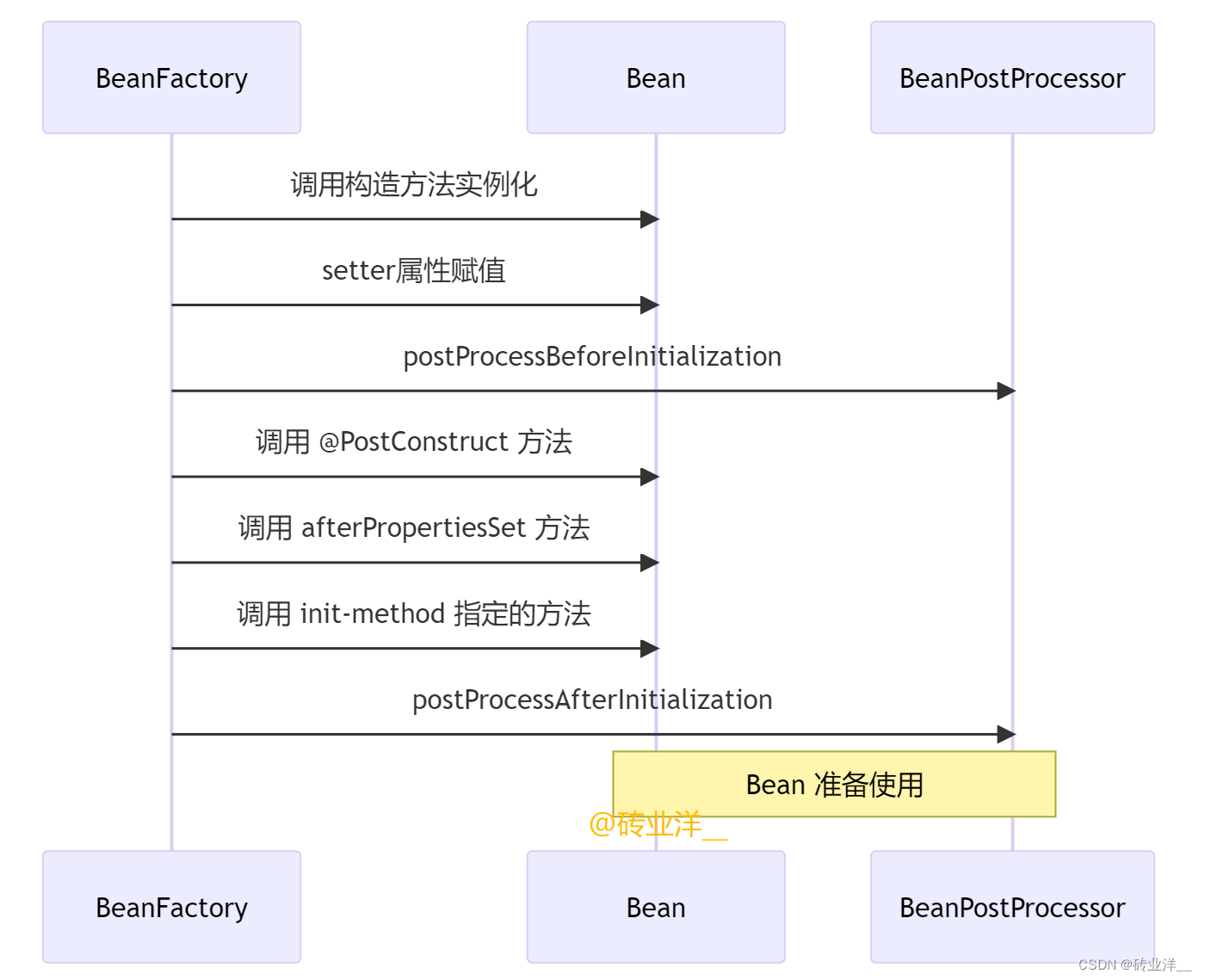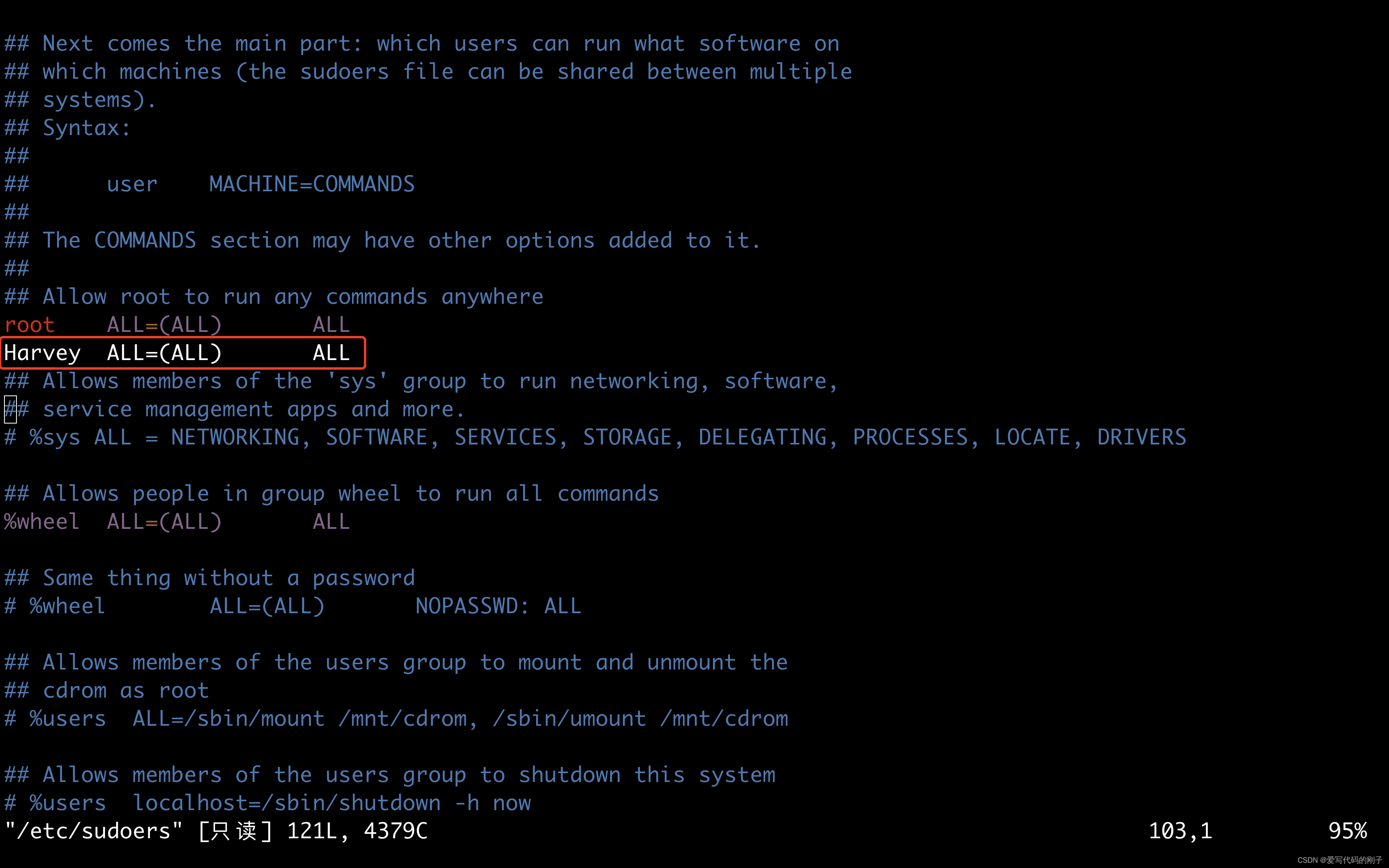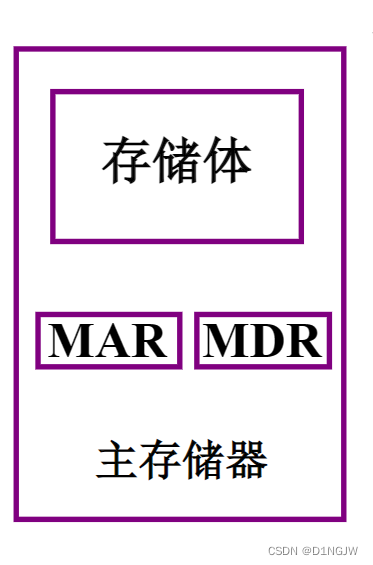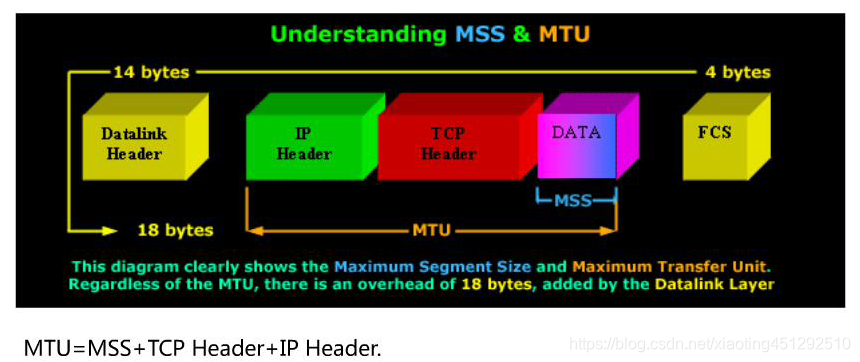KMP
问题
字符串匹配问题,问字符串 str1中是否存在连续的子串与字符串str2相等,存在返回子串的起始位置,否则返回-1
思路
传统做法是依次遍历str1中的每个字符作为起始位置,看是否能凑出字符串str2.
KMP算法就是对传统做法的一种加速,对于有些节点是可以跳过的
数据
数组next : 用于存储下标i前面长度为i-1的字符串 前缀 和 后缀相等的最长长度
实现
int f1(string str1,string str2)
{
if(str1.size() < str2.size()) return 0;
vector<int> arr = GetNextArr(str2);
int i1 = 0 , i2 = 0;
while(i1 < str1.size())
{
if(str1[i1] == str2[i2])
{
i1++;
i2++;
}
else if(next[i2] == -1)
{
i1++;
}
else
{
i2 = next[i2];
}
}
return i2 == str2.size() ? i1 - i2 : -1;
}
vector<int> GetNextArr(string str)
{
if(str2.size() == 1)
{
return vector<int>(1,-1);
}
vector<int> next(str.size());
next[0] = -1;
next[1] = 0;
int cn = 0;
int i = 2;
while(i < str.size())
{
if(next[cn] == str[i - 1])
{
next[i++] = ++cn;
}
else if(cn > 0)
{
cn = next[cn];
}
else
{
next[i++] = 0;
}
}
return next;
}
思考
如何做到加速

当i1位置字符和i2位置字符不相等时,i2来到前 i2 - 1 的 前缀和后缀相等的最长长度的下一个位置也就是next[i2].
因为i1前的字符和i2前的字符相等,可得到如图的切割,比较i1和k的字符,相当于str1的比较起始位置来到切割位置
为何可以跳过切割位置前面的字符
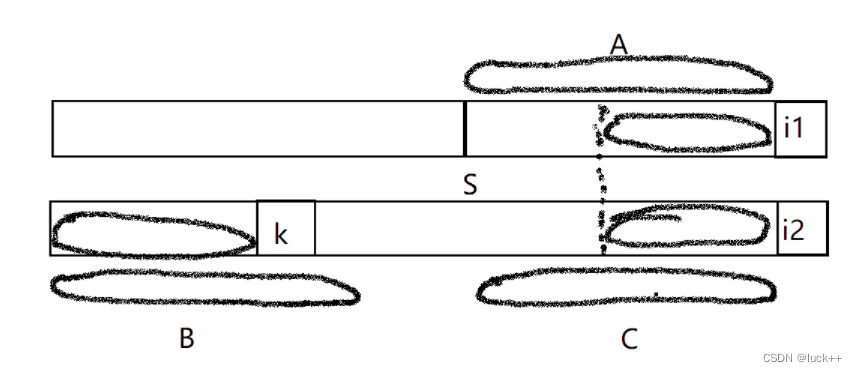
假设S位置起始可以凑出字符串str2,那S到i1-1的长度A应与str2中的长度B中的字符相等。
由于i1前的字符和i2前的字符相等,则相等长度C和A中的字符应该相等,=》A=B=C 。
B=C,得到新的前缀和后缀相等的最长长度,违背了我们之前算出的结果,所以S起始不成立









